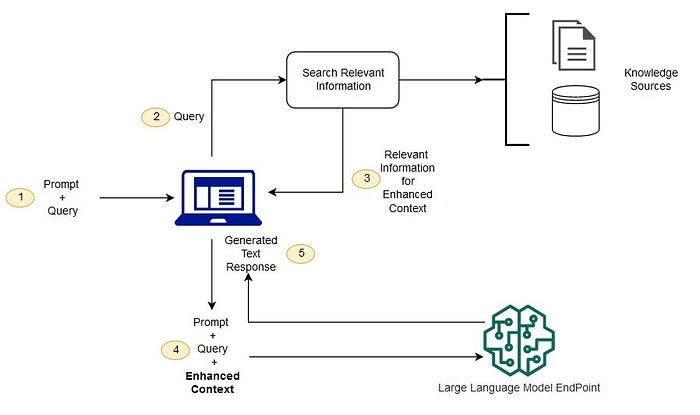here is a summary of what people have got working for MSDTC:
> both app and sql are containerised
> under AWS, using ELB and port mapping
> under Azure, using CNI
what I want to achieve:
> Containerized asp.net web app
> SQL Server running on VM
> the web app will need to enable windows authentication under the domain, sql server is running under domain also
For me, my window server 2016 container host is running under vmware, initially I want to use the transparent network to make things easier however enabling promiscuous mode on the vmware environment doesn't seem to be an option so this is out, at the end I ended up with running container just in NAT network and expose custom port to host.
It turns out that the above mentioned AWS scenario is the closest to mine, what I ended up with is to use KEMP load balancer in the place of ELB,
what is really important:
> fix MSDTC port on the container and expose to host.
> expose RPC port 135 to host using customer port number
> expose port 80 to host via custom port number.
the KEMP load balancer will then map the ordinary port number to the custom port number on the container host, we also need to create the hostname DNS to point to the KEMP load balancer IP.
the above scenario only involves one container instance, if we need run multiple replica then we will most likely need to multiple the setup but I assume it is all straight forward and no drama here.
and finally MSDTC is working fine and hopefully the PoC is a success

No comments:
Post a Comment